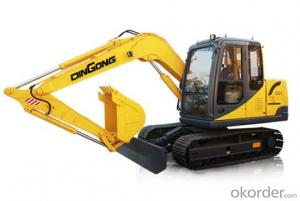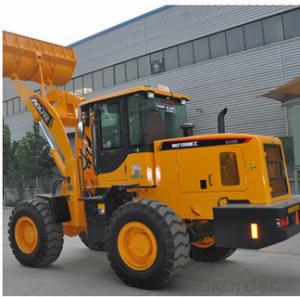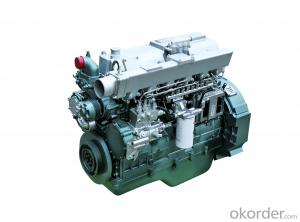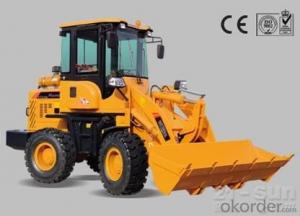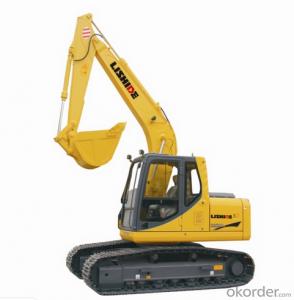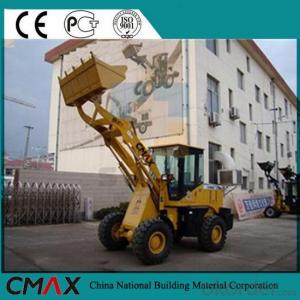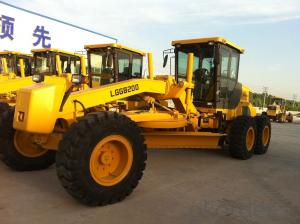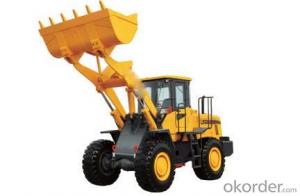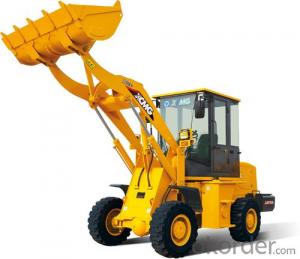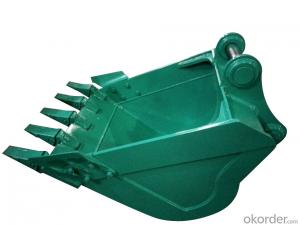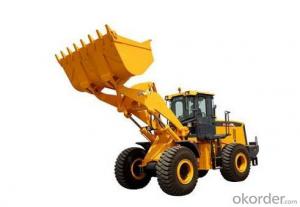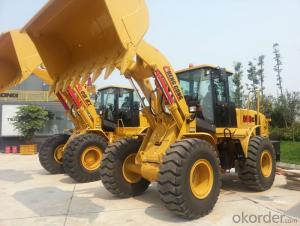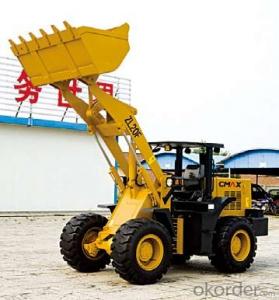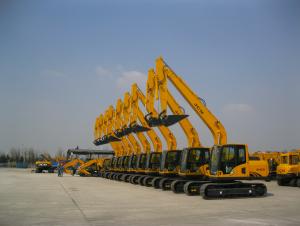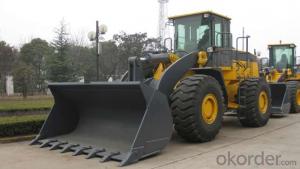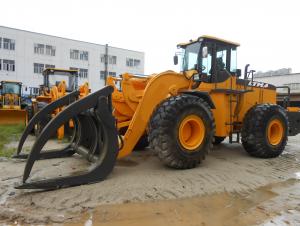All Categories
- - Steel Wire Rod
- - Steel Coils
- - Steel Profiles
- - Steel Pipes
- - Stainless Steel
- - Tinplate
- - Special Steel
- - Steel Sheets
- - Steel Rebars
- - Steel Strips
- - Hot Rolled Steel
- - Cold Rolled Steel
- - Pre-painted Steel
- - Seamless Steel Pipe
- - Welded Steel Pipe
- - Hollow Steel Tubes
- - Galvanized Pipe
- - Stainless Steel Coil
- - Stainless Steel Sheet
- - Stainless Steel Plate
- - Stainless Steel Strips
- - Electrolytic Tinplate Coil
- - Electrolytic Tinplate Sheet
- - Stainless Steel Rebars
- - Solar Panels
- - Solar Water Heater
- - Solar Related Products
- - Solar Inverter
- - Solar Cells
- - Solar Light
- - Solar Energy Systems
- - Solar Controllers
- - Solar Mounting System
- - Solar Pump
- - Solar Chargers
- - Fiberglass Chopped Strand
- - Fiberglass Mesh Cloth
- - Composite Pipes
- - FRP Pultrusion Profiles
- - Fiberglass Mat Tissue
- - Fiberglass Fabrics
- - Fiberglass Mesh
- - Composite Tank
- - Fiberglass Mesh tape
- - Polymer
- - FRP Roofing Panel
- - Fiberglass Roving
- - Monolithic Refractories
- - Ceramic Fiber Products
- - Refractory Bricks
- - Raw Materials For Refractory
- - Suspended Platform
- - Cranes
- - Concrete Machinery
- - Earthmoving Machinery
- - Building Hoist
- - Road Building Machinery
- - Plastic Pipe Fittings
- - Plastic Tubes
- - Plastic Sheets
- - Agricultural Plastic Products
- - Plastic Nets
 All Categories
All Categories
Q & A
How do you calibrate and adjust controls in earthmoving machinery?
To calibrate and adjust controls in earthmoving machinery, you typically follow a few steps. Firstly, you need to consult the manufacturer's manual to understand the specific calibration and adjustment procedures for your machinery. This may involve checking and adjusting hydraulic pressures, verifying the alignment of control levers, or adjusting sensor positions. Once you have familiarized yourself with the process, you can make the necessary adjustments using specialized tools or equipment. It's crucial to ensure the machinery is turned off and safely supported during these procedures to minimize any risks. Finally, after making the adjustments, it's essential to test the controls to ensure they are functioning correctly and to make any further adjustments if needed. Regular calibration and adjustment of controls are essential to maintain the optimal performance and safety of earthmoving machinery.
What are the different types of earthmoving machinery suspensions?
There are several types of suspensions used in earthmoving machinery, including leaf spring suspension, coil spring suspension, air suspension, and rubber suspension. Each type offers different benefits and is suited for specific applications and terrain conditions.
What are the different types of earthmoving drills?
There are several different types of earthmoving drills, including rotary drills, auger drills, sonic drills, and hydraulic drills. Rotary drills use a rotating motion to penetrate the ground, while auger drills have a rotating screw-like mechanism to dig into the soil. Sonic drills use high-frequency vibrations to break up the ground, and hydraulic drills rely on pressurized fluid to create force for digging. Each type of drill has its own advantages and is suitable for various earthmoving tasks.
What is the role of a wheel skidder in forestry earthmoving?
The role of a wheel skidder in forestry earthmoving is to efficiently and effectively transport logs and timber from the harvesting site to a designated landing or collection area. It is a specialized vehicle equipped with a winch and grapple that allows it to skid or drag logs across the terrain, often in challenging and uneven conditions. The skidder helps minimize damage to the surrounding environment by reducing the need for excessive ground disturbance, while also improving log handling productivity for the forestry industry.
How does a compact utility loader differ from a compact track loader?
A compact utility loader differs from a compact track loader in terms of mobility and versatility. While a compact track loader is equipped with rubber tracks that provide enhanced traction and maneuverability on various terrains, a compact utility loader typically features pneumatic tires, making it better suited for use on flat surfaces or pavement. Additionally, compact track loaders are ideal for heavy-duty tasks and rough terrains, whereas compact utility loaders are designed for lighter-duty applications such as landscaping, construction, or property maintenance.
Wholesale Earthmoving Machinery from supplier in Mali
We are a Earthmoving Machinery supplier serving the Mali, mainly engaged in the sale, quotation, and technical support services of various Earthmoving Machinery products in the Mali region. We are a subsidiary platform of the Fortune Global 500 company CNBM, able to provide you with one-stop Earthmoving Machinery procurement services in the Mali. Not only do we have a wide range of Earthmoving Machinery products, but after years of market development in the Mali, we can also provide valuable experience for your projects.

